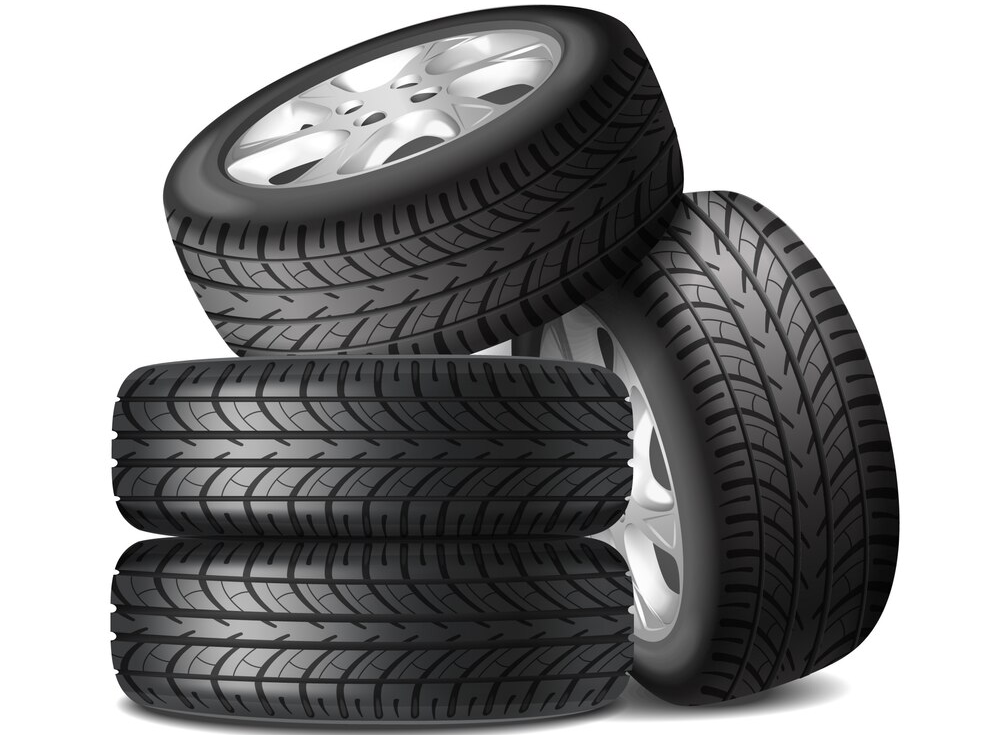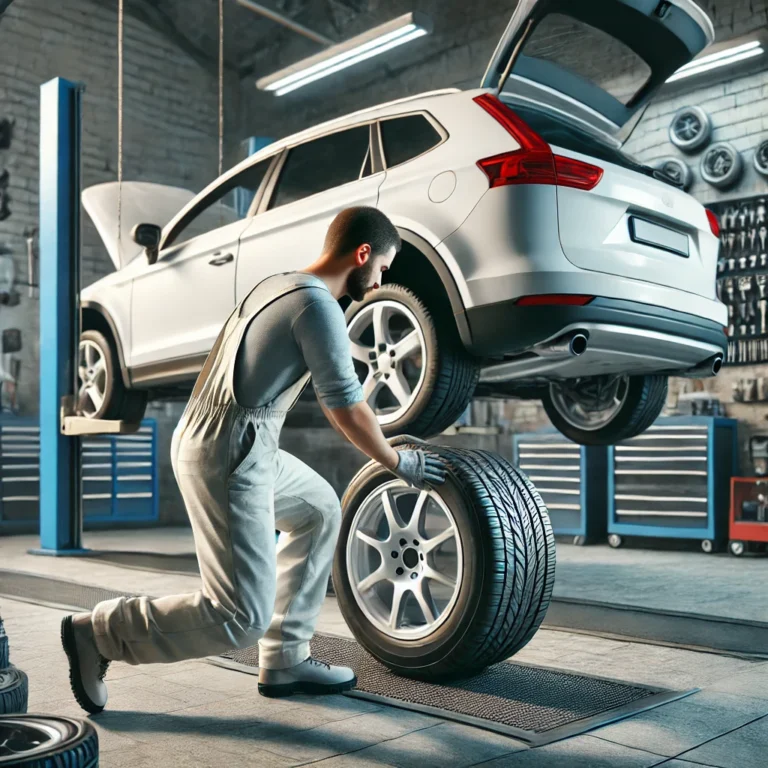Flat tires are a common, often inconvenient issue for drivers, but understanding the causes, symptoms, and prevention methods can help avoid the frustration and potential hazards they bring. Here’s what you need to know about flat tires, their causes, and tips for prevention and handling:
Common Causes of Flat Tires
- Punctures from Sharp Objects
Nails, screws, glass, or other sharp objects on the road can puncture a tire, causing air to escape gradually or rapidly, depending on the size of the hole. - Wear and Tear
Over time, the tread on tires wears down, making them more vulnerable to punctures, blowouts, and loss of traction. A worn tire with little tread can be more susceptible to damage from road hazards. - Valve Stem Issues
The valve stem, which allows air to enter or exit the tire, can wear out or become damaged over time, causing a slow leak. Dirt or corrosion around the valve stem can also lead to air loss. - Overinflation or Underinflation
Improper inflation increases the risk of a flat tire. Underinflated tires put extra pressure on the tire’s sidewalls, causing them to flex more, while overinflated tires are more rigid and susceptible to damage from road impacts. - Road Hazards and Poor Driving Conditions
Potholes, curbs, and debris on the road are common culprits in causing flats. Hitting a pothole or driving on rough surfaces can result in a sidewall tear or a blowout, especially at higher speeds. - Extreme Temperatures
Extreme heat can cause tires to expand, leading to overinflation, while cold temperatures can reduce tire pressure. Both conditions make tires more vulnerable to flats, especially if they’re already worn or damaged.
Signs of a Flat or Leaking Tire
- Vibration or Thumping While Driving
A flat or low-pressure tire often causes unusual vibrations or a thumping sound, especially at lower speeds. - Pulling to One Side
A car may pull to one side if one of the tires is flat or significantly low on air, as the uneven weight distribution affects steering. - Dashboard Warning Light
Many modern vehicles have a tire pressure monitoring system (TPMS) that illuminates a dashboard light when pressure is too low in any tire. This warning light should never be ignored, as low tire pressure can compromise handling and safety.
Preventing Flat Tires
- Regular Tire Maintenance
Checking tire pressure monthly and keeping it at the recommended level helps prevent underinflation or overinflation issues. Inspect tires for visible wear, bulges, or embedded objects. - Avoiding Road Hazards
Stay alert for potholes, debris, or sharp objects on the road. Slowing down when driving over rough terrain can help prevent damage. - Rotating Tires and Checking Alignment
Regular tire rotation and alignment checks ensure even wear, extending the life of the tires and reducing the chance of flats. - Replace Worn Tires
Tires should be replaced when the tread depth reaches 2/32 of an inch, as worn tires have reduced grip and are more prone to damage.
Handling a Flat Tire
If you experience a flat while driving:
- Stay Calm and Slow Down Gradually: Avoid sudden braking and gradually reduce speed. Pull over to a safe location if possible.
- Use a Spare or Call for Assistance: If you’re comfortable, you can change the flat tire with a spare. Otherwise, calling roadside assistance is often the safest option, especially if the flat occurs on a busy or dangerous roadway.
By maintaining proper tire care and knowing the signs of low tire pressure or flats, you can help avoid flats and ensure a safer, smoother ride.




